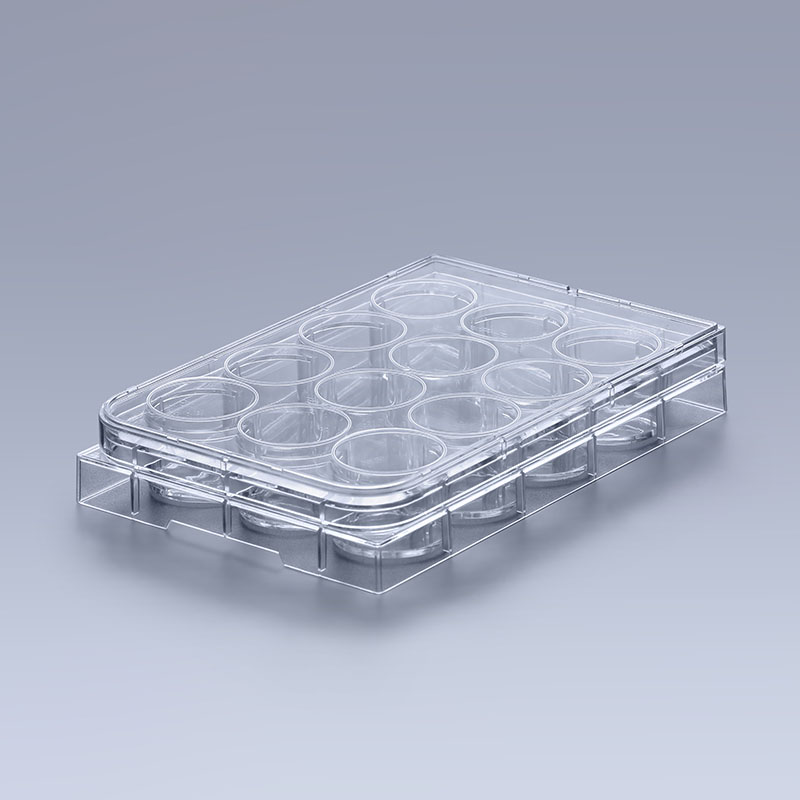Cell culture plates are a common tool in biological laboratories, extensively used in biological research, drug screening and discovery, and biopharmaceutical production. On these plates, a series of numeric codes is often visible, which serve more than just as simple labels. These codes carry important information, facilitating precise identification and operation in experiments.
Purpose of Numeric Coding:
The numeric coding on cell culture plates is designed to help users identify and distinguish different wells. These codes typically consist of letters and numbers positioned next to or around each well, creating a unique identification system. For example, common coding formats include "A1," "B2," etc., where the letter represents the row and the number represents the column. This combination of letters and numbers uniquely identifies each well on the plate.

Importance of Numeric Coding:
Precise Positioning: During experimental procedures, researchers need to perform operations on specific wells, such as adding samples, transferring cells, etc. Numeric coding allows for the precise identification of the target well, reducing the risk of errors and confusion, thus enhancing the accuracy and reproducibility of the experiment.
Data Recording: Throughout the experiment, researchers must record various data related to each well, such as cell count, drug concentration, and other relevant parameters. Numeric coding makes it easy to associate experimental data with specific wells, facilitating subsequent data analysis and interpretation of results.
High-Throughput Screening: With the advancement of high-throughput technologies, large-scale drug screening and biological experiments have become commonplace. Numeric coding provides an efficient labeling system for cell culture plates, making the management and operation of large-scale experiments simpler and more feasible.
Conclusion:
Numeric coding on cell culture plates serves as a critical identification tool in experimental procedures. It not only allows for accurate positioning and data recording but also supports effective management and operation in high-throughput experiments. By effectively utilizing numeric coding in biological research, drug screening and discovery, and biopharmaceutical production, researchers can improve the efficiency and reliability of their experiments, thereby advancing scientific research.
The FAI climbed 5.9 percent year-on-year in the first 11 months of 2018, quickening from the 5.7-percent growth in Jan-Oct, the National Bureau of Statistics (NBS) said Friday in an online statement.
The key indicator of investment, dubbed a major growth driver, hit the bottom in August and has since started to rebound steadily.
In the face of emerging economic challenges home and abroad, China has stepped up efforts to stabilize investment, in particular rolling out measures to motivate private investors and channel funds into infrastructure.
Friday's data showed private investment, accounting for more than 60 percent of the total FAI, expanded by a brisk 8.7 percent.
NBS spokesperson Mao Shengyong said funds into weak economic links registered rapid increases as investment in environmental protection and agriculture jumped 42 percent and 12.5 percent respectively, much faster than the average.
In breakdown, investment in high-tech and equipment manufacturing remained vigorous with 16.1-percent and 11.6-percent increases respectively in the first 11 months. Infrastructure investment gained 3.7 percent, staying flat. Investment in property development rose 9.7 percent, also unchanged.
 English
English


















































